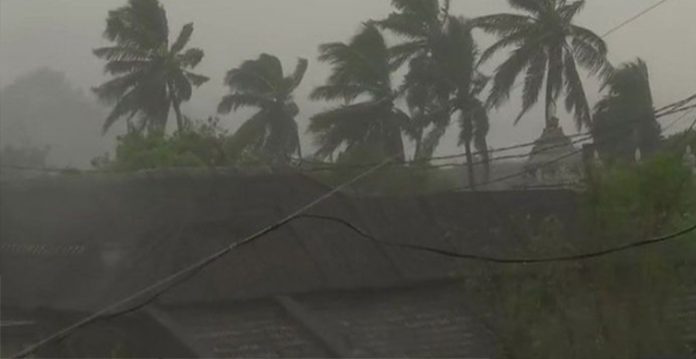In a bid to create a natural defence mechanism for the recurring cyclonic storms like Yaas and Amphan, the West Bengal government has planned to construct a robust and ecologically sustainable bio-shield along with the state’s coastline and the Sundarbans islands.
Impact Of Climate Change Is More Severe In Bengal Delta Region; Reports
The project has been approved by Chief Minister Mamata Banerjee. And the state government has formed a 24 member committee of experts that is headed by state pollution control board chairman Kalyan Rudra. In September this year, the committee submitted detailed reports to control the devastating cyclone.
The plan also approved by Chief secretary HK Diwedi as the master guide in the eco-sensitive zone includes a mechanism to build earth embankments, plant 36 species of resilient mangrove species, and set up a geotextile cover on the embankments aligned with the second line of embankment on the east-facing concave coastline.
The report suggests that the impact of climate change is the highest in the Bengal delta region where the sea live rise is the highest globally. Globally, between 2006 and 2015, the global sea level has risen by 3.6mm per year. But the sea level off the coast of Bengal, the sea level has risen at 4mm per year.
Committee Has Proposed High-Level Climate Resilient Multi-Layer Vegetation
The impact of sea level has further risen in the Sunderbans and is further accelerated due to the slow subsidence of the land. Following which, the committe has proposed a climate-resilient multi-layer vegetation shield along with the seacoast and river embankments.
The committee has chosen 36 species on the basis of climate resilience, the ability for propagation, height, salinity resilience, and tidal influence. The invasive species were avoided.
Meanwhile, the irrigation and waterways department has identified 378 stretches of different rivers in the state and has a total length of 559 km as vulnerable.


